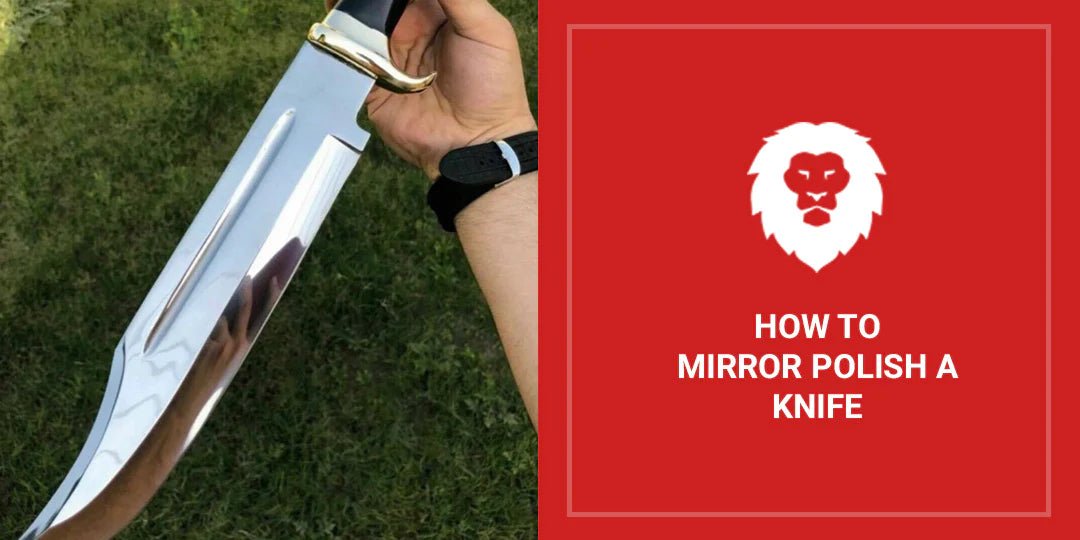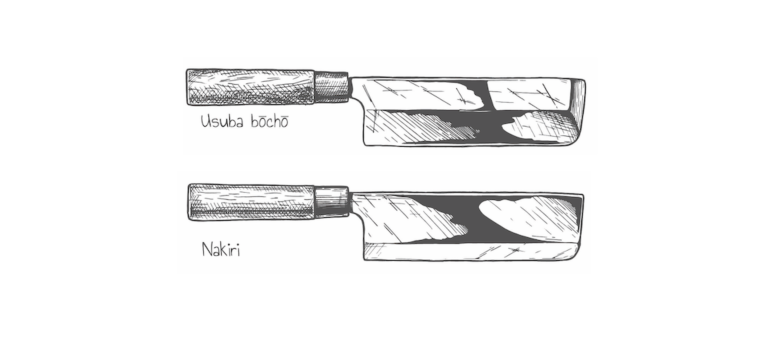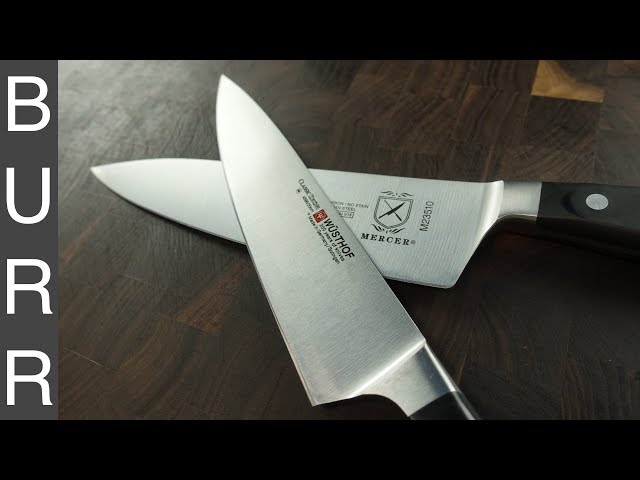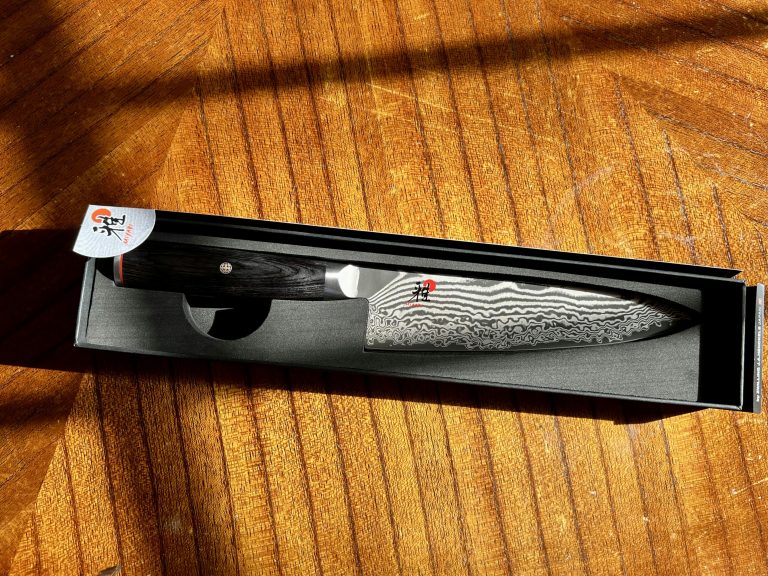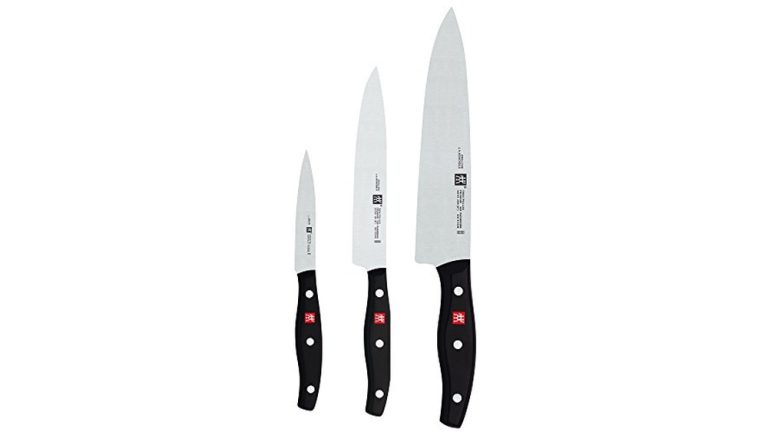How to Polish a Knife Blade: Expert Tips for a Mirror Finish
Polishing a knife blade can be simple with the right steps. It enhances the blade’s appearance and performance.
A shiny, well-maintained knife blade not only looks impressive but also performs better in everyday tasks. Whether you’re a chef, a home cook, or a knife enthusiast, knowing how to polish a knife blade is a valuable skill. Over time, blades can become dull and tarnished from regular use.
Polishing helps to restore their shine and sharpness, making cutting smoother and safer. In this guide, we’ll explore easy and effective methods to polish a knife blade. You’ll learn what tools you need and the steps to follow for a mirror-like finish. Let’s dive in and make your knife blade gleam like new.
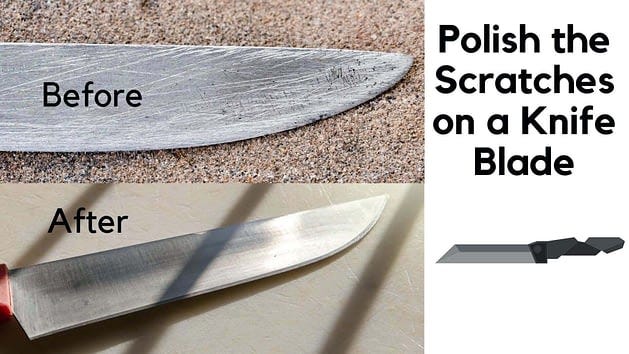
Credit: medium.com
Introduction To Knife Polishing
Learn how to polish a knife blade for a sharp, shiny finish. Follow easy steps to remove scratches and restore luster. Enhance your knife’s performance and appearance with simple polishing techniques.
Keeping your knife blade polished is crucial for its performance. A well-polished blade cuts smoothly and reduces the effort needed. Polishing your knife also extends its lifespan, preventing rust and corrosion. Knife polishing might seem intimidating, but it’s quite straightforward. With the right tools and techniques, anyone can polish a knife blade. This guide will walk you through the basics.Importance Of A Polished Blade
A polished blade has several benefits. First, it reduces friction during cutting. This makes slicing easier and more efficient. Second, it enhances the blade’s sharpness. A sharp edge makes precise cuts. Third, polishing prevents rust and corrosion. This keeps your knife durable and reliable.Tools And Materials Needed
Gather the necessary tools before starting. You need a polishing compound. This helps remove scratches and imperfections. A leather strop is also essential. It sharpens and polishes the blade. Microfiber cloths are useful for cleaning and polishing. You may also need sandpaper for rough blades. A vice can hold the knife steady while you work. Ensure you have a clean workspace for the best results. “`Preparing The Blade
Preparing the blade is the first step in the knife polishing process. A clean and secure blade ensures a smooth polishing experience. Follow these steps to get your knife ready.
Cleaning The Knife
First, clean the blade with warm, soapy water. Remove all dirt and grime. Use a soft cloth to wipe the blade dry. Avoid using harsh chemicals or abrasive pads. They can damage the blade. Ensure the blade is completely dry before proceeding.
Securing The Blade For Polishing
Next, secure the blade to prevent accidents. Use a vise or clamp to hold the knife steady. Ensure the handle is accessible but the blade is secure. This will help you polish the blade safely. If you don’t have a vise, a sturdy cutting board can also work. Just make sure the blade stays still during polishing.
Choosing The Right Abrasives
Selecting the right abrasives is crucial for polishing a knife blade. Use fine-grit sandpaper to achieve a smooth finish. Always ensure even pressure for a mirror-like shine.
Selecting the right abrasives is crucial for polishing a knife blade. Abrasives affect the blade’s final finish and sharpness. Proper selection will ensure your knife looks and performs well.Grit Selection
Grit size is important. It determines the smoothness of the blade. Start with a coarse grit for removing scratches. Progress to finer grits for a mirror-like finish. For most knives, a grit range from 200 to 3000 works well.Types Of Abrasives
Different abrasives serve various purposes. Aluminum oxide is common and versatile. Silicon carbide works well for harder materials. Diamond abrasives offer precision and durability. Choose the type based on your knife’s material and condition. “` This section explains the importance of choosing the right abrasives for polishing a knife blade. The content is broken down into bite-sized pieces to ensure readability and comprehension for non-native English speakers.
Credit: www.youtube.com
Polishing Techniques
Polishing a knife blade is crucial for maintaining its sharpness and appearance. Different techniques can give your knife a brilliant shine. Let’s explore some effective methods.
Wet Vs. Dry Polishing
Wet polishing uses water as a lubricant. This method helps reduce heat and friction. It also minimizes the risk of damaging the blade. Wet polishing is ideal for delicate knives.
Dry polishing does not use any lubricant. It is faster and more convenient. However, it can generate heat. This can affect the temper of the blade. Use dry polishing for quick touch-ups.
Using A Polishing Compound
A polishing compound can enhance the shine of your knife. It comes in different forms like paste or liquid. Apply a small amount to a soft cloth. Rub the compound on the blade in small circles.
Continue until the blade reaches the desired shine. Make sure to clean the blade after polishing. This removes any residue left by the compound. Your knife will look new and well-maintained.
Achieving A Mirror Finish
Achieving a mirror finish on a knife blade transforms it into a shining masterpiece. This level of polish not only looks impressive but also reduces drag while cutting. Follow these steps to attain that sought-after reflective surface.
Fine-tuning The Polish
After initial sanding, switch to finer grits. Start with 400-grit sandpaper, then progress to 600, 800, and 1000 grits. Each step removes scratches from the previous grit. Always sand in one direction to maintain uniformity.
Next, use a polishing compound. Apply it to a soft cloth or felt wheel. Rub the blade in small, circular motions. The compound will smooth out any remaining imperfections.
For a final touch, switch to a finer polishing paste. Apply it sparingly. Continue to buff the blade until you see a clear, reflective finish. Patience is key during this step.
Inspecting The Blade
After polishing, inspect the blade under good lighting. Look for any remaining scratches or dull spots. Rotate the blade to catch the light at different angles.
If you find imperfections, repeat the polishing process. Use finer grits or compounds as needed. The goal is to achieve a consistent, mirror-like surface.
Once satisfied, clean the blade thoroughly. Remove any residue from the polishing compounds. Your knife should now have a stunning mirror finish.

Credit: m.youtube.com
Maintaining The Polished Blade
Once you have polished your knife blade, maintaining its shine and sharpness is crucial. Proper maintenance ensures your knife remains effective and looks great. Let’s dive into some essential steps to keep your knife in top condition.
Regular Cleaning
Regular cleaning is key to maintaining your polished blade. Clean your knife after each use. This prevents residue build-up and potential stains. Use warm water and mild soap. Avoid harsh chemicals as they can damage the blade.
- Rinse the blade under warm water.
- Apply a small amount of mild soap.
- Gently scrub with a soft cloth or sponge.
- Rinse thoroughly to remove soap residue.
- Dry the blade with a clean, soft towel.
Remember: Never leave your knife soaking in water. Prolonged exposure to moisture can cause rust and dull the blade.
Storing The Knife Properly
Proper storage of your knife is just as important as regular cleaning. Improper storage can damage the blade and affect its polish.
- Use a knife block or magnetic strip. This prevents the blade from touching other utensils.
- Store the knife in a dry place. Moisture can lead to rust and corrosion.
- Avoid storing the knife in a drawer. If necessary, use a blade guard to protect the edge.
Tip: Keep the knife away from high humidity areas, such as near a stove or dishwasher.
| Do | Don’t |
|---|---|
| Clean after each use | Leave soaking in water |
| Store in a knife block | Store in a drawer without protection |
| Dry thoroughly | Use harsh chemicals |
By following these simple steps, you can maintain the polished blade of your knife effectively. Regular cleaning and proper storage are essential to ensure your knife remains in excellent condition.
Common Mistakes To Avoid
Avoid using the wrong grit size for sharpening. Ensure the blade is cleaned properly before polishing. Always polish in a consistent direction.
Polishing a knife blade can enhance its appearance and performance. But, many people make common mistakes that can damage the blade. Knowing these mistakes can save you time and effort.Over-polishing The Blade
Over-polishing a knife blade can remove too much metal. This weakens the blade and shortens its lifespan. Always polish the blade gently and with care. Too much pressure can also create scratches. So, use light strokes to avoid this.Using The Wrong Tools
Using the wrong tools is another common mistake. Not all polishers are suitable for knife blades. Some can be too harsh and cause damage. Always choose tools designed for knife polishing. Read the labels and instructions before use. This ensures you maintain the blade’s quality and sharpness. “`Expert Tips For Best Results
Polishing a knife blade is an essential skill for any kitchen enthusiast. It brings out the shine and keeps the blade in top condition. To achieve the best results, follow these expert tips. This guide will walk you through the process with ease.
Consistency Is Key
Maintain a steady hand while polishing the knife blade. Use even strokes to ensure uniformity. Inconsistent pressure can lead to scratches or uneven polish. Focus on creating a smooth and consistent finish.
Patience And Precision
Take your time when polishing the blade. Rushing can lead to mistakes. Pay close attention to the edges and corners. These areas often require extra care. Precision in your movements will result in a flawless finish.
Frequently Asked Questions
How Do I Polish A Knife Blade?
To polish a knife blade, use a sharpening stone or fine-grit sandpaper. Apply a polishing compound and gently rub the blade. Finish with a microfiber cloth.
What Materials Are Needed For Polishing?
You’ll need a sharpening stone, fine-grit sandpaper, polishing compound, and a microfiber cloth. These materials help achieve a smooth, shiny finish.
Can I Polish A Knife At Home?
Yes, you can polish a knife at home. Use proper tools and follow a step-by-step process to ensure safety and effectiveness.
How Often Should I Polish My Knife?
Polish your knife every few months or when it appears dull. Regular polishing maintains the blade’s sharpness and appearance.
Conclusion
Polishing a knife blade is simple with the right tools and steps. Regular maintenance keeps your knife sharp and shiny. Always handle with care to avoid cuts. Practice these tips to achieve a professional finish. Your knives will look and perform better.
Enjoy the satisfaction of a well-polished blade. Happy sharpening!

